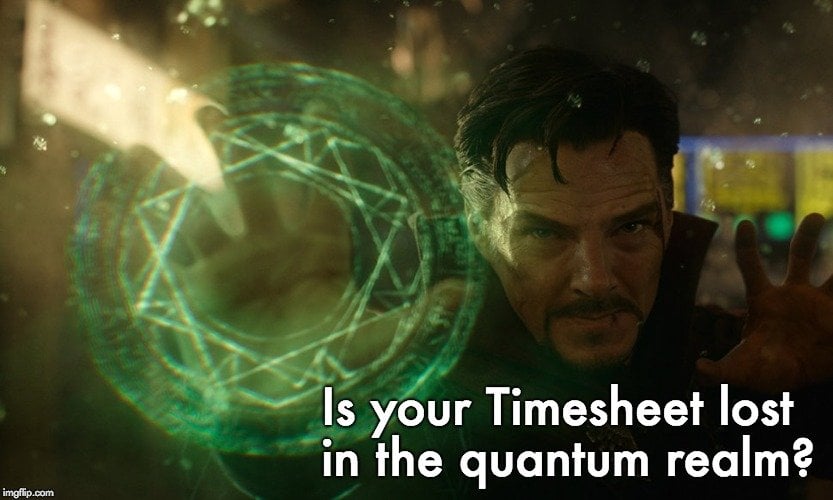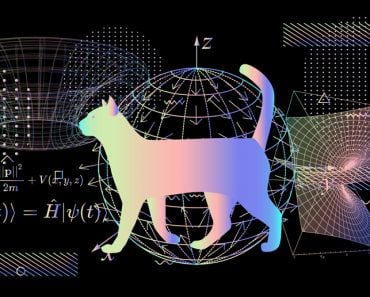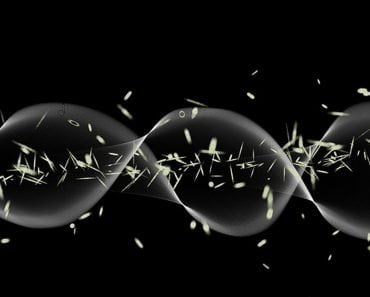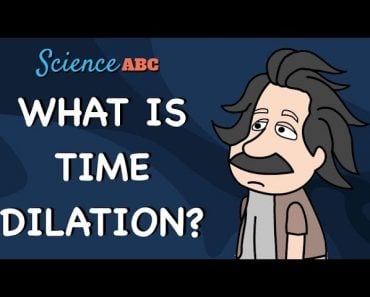Table of Contents (click to expand)
A time crystal is a repeating pattern in time, similar to the repeating pattern in space of a normal crystal. They were first theorized in 2012 by Nobel prize-winning physicist Frank Wilczek. Time crystals are a new state of matter, and could have applications in technology and computing.
They sound like something straight out of a science fiction movie, right?
However, believe it or not, time crystals are a reality. The story of time crystals is a beautiful example of how progress often happens when different strands of thought merge, combining ideas and theories, revising laws and fundamentals, and not limiting them to their primitive/previous understandings.

If you plan to continue this article, let me begin by saying… This is not a fairy tale or science fiction. There won’t be a sorcerer’s recipe for a time traveling portal at the end. This article instead discusses a rather intricate and delicate understanding of human intellect and excellence in realms of the physical understanding of matter.
First, we’ll take a look at the two, highly distinct forms of crystals. Unlike the segregations made based on chemical bondings, crystal lattices and configurations, we choose to make a quantum distinction.
Recommended Video for you:
Space Crystals
This is just a rather frivolous name for “normal crystals”.

Snowflakes, diamonds, rubies, opals, jade, sapphire, pearls and even humble common salt are all examples of these normal crystals. You might have the names of a hundred more gemstones and semi-precious rocks that you can add to this list. Nature is the original and greatest artist on Earth, a marvelous creator of complex, yet splendid entities.

These crystals might be particularly attractive thanks to their translucent hues or radiance, but their true worth can only be observed microscopically. Crystalline solids are composed of intricate, geometrically oriented structures of adjoining atoms, ions or molecules. These are a highly ordered assembly of microscopic structures called crystal lattices. These structures repeat and extend periodically in all directions, remaining un-phased by time, thus remaining in an equilibrium phase, hence the name.
Time Crystals
Time crystals can be considered one of the coolest things that physics has chanced upon. They are a gateway to a whole new world of ‘non-equilibrium’ phases that are entirely different from anything researchers have studied in the past.
 Unlike the regular space/normal crystals, which have a regular and repeated arrangement of atoms or molecules in space, a time crystal is, as one might expect, an arrangement of atoms or molecules that form a regular, repeated pattern in time. They will stay in one configuration for a while, then flip to another, back and forth in an endless cycle.
Unlike the regular space/normal crystals, which have a regular and repeated arrangement of atoms or molecules in space, a time crystal is, as one might expect, an arrangement of atoms or molecules that form a regular, repeated pattern in time. They will stay in one configuration for a while, then flip to another, back and forth in an endless cycle.
What Does This Mean?
Physical laws revolve around symmetries; moments of action create an equal reaction, regardless of the environment. This is fundamental Newtonian Physics, the foundational laws that govern how we perceive the universe.
Scientists wondered whether molecules could break the traditional time-translated symmetry that regulates the laws responsible for creating crystals. Normal crystals, like quartz and common salt, are three-dimensionally configured crystals. Their atoms/molecules are arranged in a predictable and periodic system.
Time crystals, on the other hand, are different at the atomic level. Their atoms spin periodically, changing directions as a pulsating force flips them, quite literally, like an old grandfather clock.

A Remarkable Type Of Matter
A time crystal can be regarded as an assemblage of quantum particles that are continually changing and never reaching a steady state. Such a system draws stability from random interactions that would typically disrupt other kinds of matter.
The known laws of physics apply equally and symmetrically to all points in space and time. However, certain systems violate that symmetry. In a magnet, atomic spins line up, rather than pointing ambiguously in all directions. Similarly, in mineral crystals, atoms occupy specific positions in space, but after some slight jolts, the crystal may no longer maintain its symmetry in space. When a transformation causes structural properties to change, physicists call it symmetry-breaking, and it is everywhere in our not-so-perfect natural world.
Interestingly enough, time crystals are ideal candidates for ongoing research, and have more potential than you could possibly imagine!
Prospects Of Applications In The Real World
By now, you might be wondering what a time crystal might look like; does it actually exist in our space-time, or is it just a hypothetical entity, too promising to have its existence denied?
First of all, the most important thing to understand about time crystals is that they only exist in limited circumstances, particularly when given a nudge, which can set their oscillation in motion.
Once nudged into oscillation, it appears that time crystals will reverberate indefinitely. This state in a crystal has indeed been achieved. A group of Harvard researchers once produced a crystal that glowed as a result of its periodic energy reverberations after it was activated. Soon enough, friction kicked in and hindered the reverberations by losing energy in the form of heat, and that was the end of the time crystal.

It is believed that studying these time crystals and diving deeper into their understanding will lead to breakthroughs in the accuracy of atomic clocks, gyroscopes and magnetometers, as well as aid us in building better quantum technologies, which could be incorporated in our practical lives. This could allow us to use stable quantum systems at far higher operating temperatures than what we have currently achieved. This might be the final push we need to make quantum computing a reality, which is of huge importance for technological advancement in our world.
Conclusion
This discovery of time crystals as a simple and wildly unexpected idea raises fundamental questions about how they form and what phases of matter they might occupy over time, while residing in our observable space. The depth and richness of phases of matter in this universe is apparently even more significant than we have thus far understood.
Time crystals have pointed out one thing without any doubt; we need to thoroughly re-evaluate some existing theories and understandings of phases of matter, namely those that exist beyond our observable realm. There are some potential applications of time crystals that might be even more sci-fi than their names imply. If you think that time crystals are nothing but a well-theorized hypothetical entity, allow me to point out that Quantum Physics is just as relevant as Newtonian Physics, even though perceiving objects on the quantum level is decidedly more challenging!
References (click to expand)
- Metaphysical Crystals, Precious and Semi-precious Stones. sunnyray.org
- Physicists create time crystals: New form of matter may hold .... Phys.org
- What is a Crystal?. The Rausser College of Natural Resources
- What are minerals, gems, and crystals made of?. The University of California, Santa Barbara
- Minerals, Crystals and Gems - Smithsonian Education. smithsonianeducation.org












